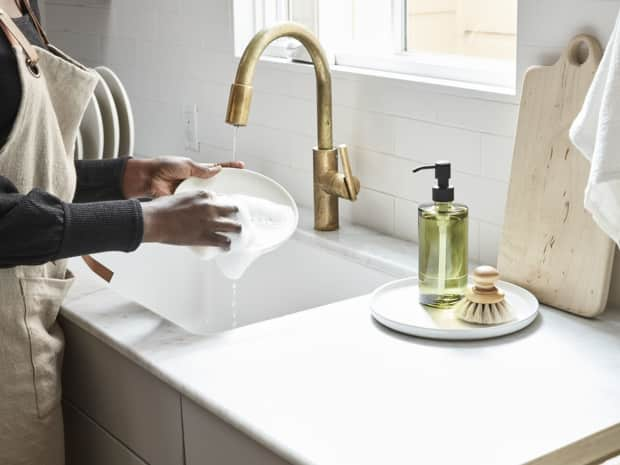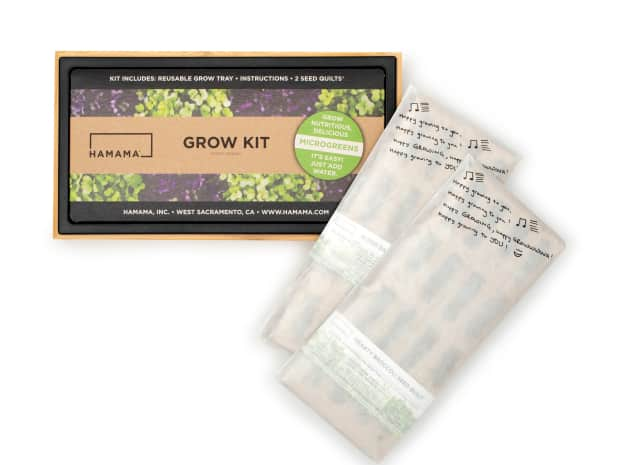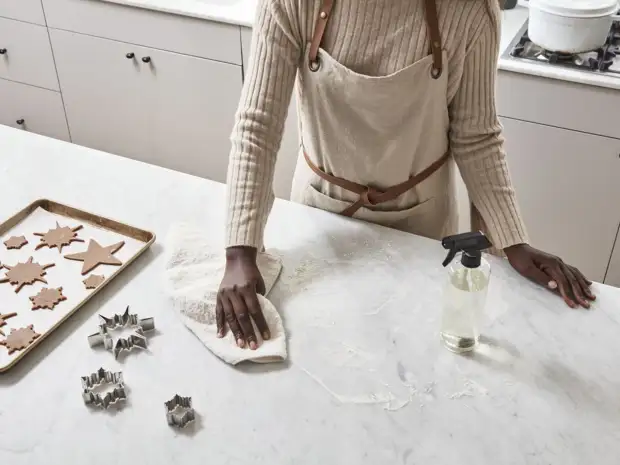
How to get rid of drain gnats & flies in your sink.
Learn how to identify drain flies and use both natural and chemical methods for eliminating these pesky pests.
Read More


Last Updated: May 26, 2021
Are you tired of moths eating your sweaters and cereal? Banishing these night-dwellers naturally is easy—and it doesn’t have to leave your house smelling like mothballs.
The fight between moths and homeowners is as old as the battle between good and evil. These nocturnal creatures lurk on the darker side of life –– closets, pantries, and storage rooms are a few of their favorite haunts.
A sometimes-fatal attraction to light and an insatiable appetite for hand-knit sweaters, moths can lurk in your house unless you start driving them out. The good news is that banishing these creatures of the night just got easier –– and it doesn’t have to leave your house smelling like pungent mothballs or cedarwood.
From natural household to personal care, everything at Grove is healthier for you and the planet — and works! We recommend monthly shipments and product refills that you can edit or move at any time. No monthly fees or commitments required.

Moths are thick, furry pollinators with feathery antennae and a penchant for darkness. There are approximately 160,000 species of moths worldwide –– a few of which enjoy feasting on various items found in your home.
Moths and butterflies make up the order Lepidoptera, which means “scaly-winged.” While these flying insects have a lot of similarities, the most important thing to note about moths is that they’re considered pests. After all, who’s ever had to Google “how to get rid of a butterfly infestation”?
Watch the video below to learn more about the differences between moths and butterflies.

The two most common types of moths you’ll find are pantry moths and fabric moths. Here are some telltale signs that these night dwellers have taken up residence in your home:
Noticed bugs in your flour as well? Here are some other natural tips to getting rid of flour bugs.
MOTH-BORNE MALADIES
Moths are a potential health hazard. Lepidopterism, also called caterpillar dermatitis, is the result of contact with adult or larval moths and butterflies.
The painful and itchy rash that results can be treated with an oral antihistamine or cortisone cream. Call your doctor if you experience any irritation or allergic reaction from the moths in your home.
Finding moth holes in your clothes or baby caterpillars in your pantry is a big bummer. Unfortunately, moths will not go away on their own either. Remove moths and larvae from your home with these eight easy tips:
Vacuum your home regularly to clear up eggs or larvae that might be creeping around or any dirt and dust that could attract more moths into your home.
Clean out your pantry and closet shelves with a vinegar cleaning solution to clear out any nests and eggs that may be hiding in there.
Use storage containers with tight-fitting lids to keep moths from getting into your dry foods and laying eggs.
Keep your closets and pantries cool and dry. Seal your clothes that aren’t frequently worn in airtight or vacuum-sealed bags to prevent moths from getting to them.
Because cedar oil deters moths, diffusing cedar oil into your home is a great way to keep them at bay.
Certain herbs –– like rosemary, lavender, cloves, and bay leaves –– help keep moths away. Place some herbs in sachets around your home for natural moth prevention. Or use this pre-made herb bag from earthkind to keep moths out.
Place any salvageable food or moth-eaten clothes in the freezer for at least three days to kill off any eggs and larvae.
Moth traps are sticky pieces of flypaper that have been saturated with moth pheromones to attract and trap adult moths. We don’t love this method, but to make an initial dent in your moth infestation, you may need to catch some of the adults first. Or build your own.
If your infestation is severe, call in professionals who specialize in eco-friendly methods to take care of the problem.

The best way to stop moths from invading your home is by preventing them from getting inside in the first place. Here are the four best ways to stop moths in their tracks:
Wash your clothes, bed linens, and rugs before storing them. This kills moth eggs and larvae and stops them from reaching maturity while they’re in storage.
Brush off your wool or fur duds after you wear them. Brushing removes eggs and larvae that may have attached themselves to your clothes while you were outside.
Moths thrive in humid conditions, so store your clothes in sealed bags, and avoid leaving them in your garage or attic.
Clean your cabinets with a natural all-purpose cleaner regularly, and store your dry goods in airtight containers.

Ready to tackle the dirtiest spots in your home? Grove Collaborative has you covered with Clean Team. Each week, we’ll do a deep dive into how to clean a different place or item in your home. No spot is too small — and we’ll tell you how to conquer them all, naturally.

Learn how to identify drain flies and use both natural and chemical methods for eliminating these pesky pests.

We tried this grow kit to see if edible microgreens could thrive ... even under our care.

What do you do when a mouse invites itself inside? Here’s how to deal with mice—naturally and humanely.

Are you tired of flour bugs calling first dibs on the food in your pantry? Banish the flour-eating fiends with these tips.